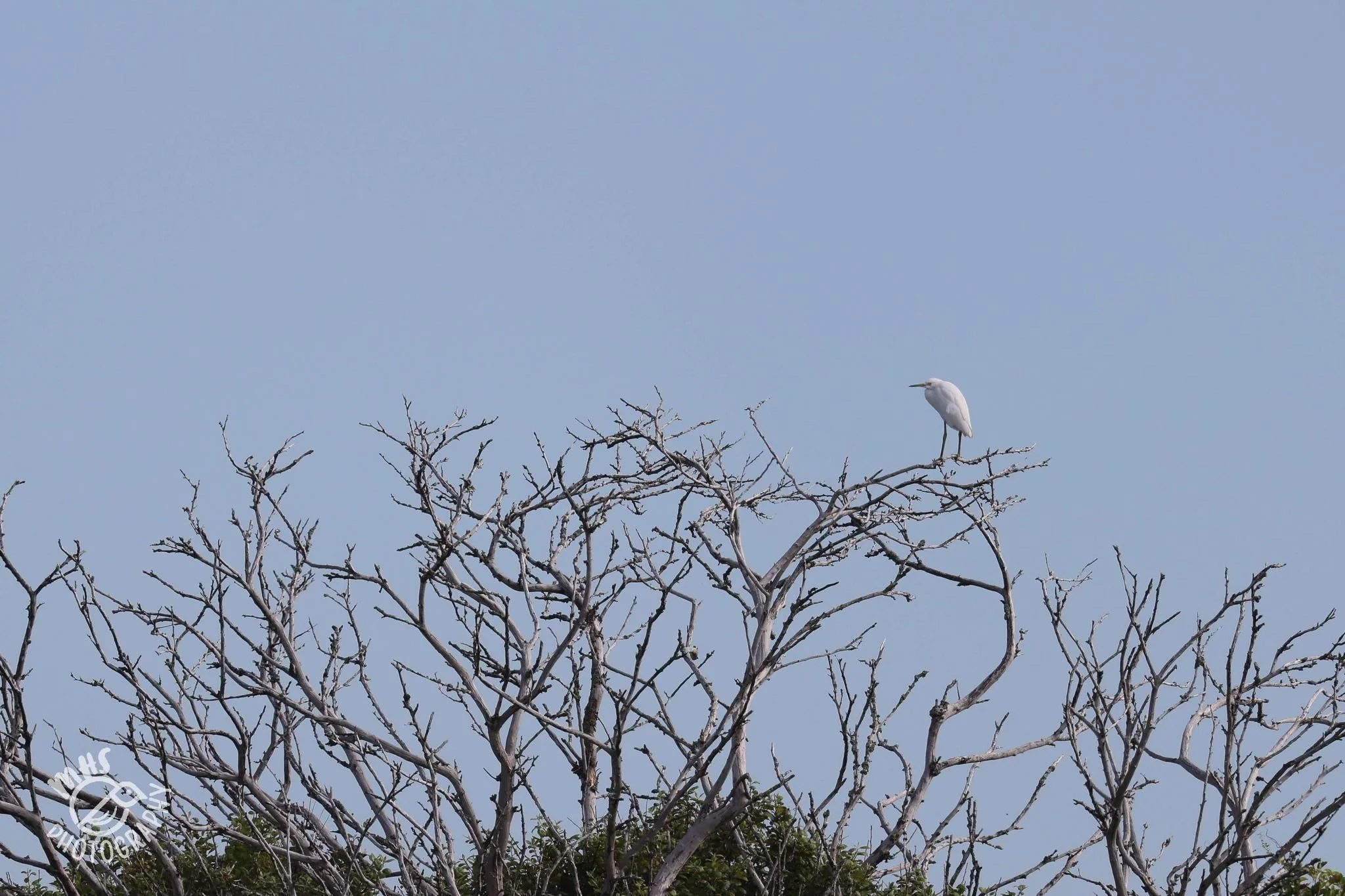by Marion Sprague
The Maine Young Birders headed to Stratton Island on Sunday, July 7th. We spent the morning with the Audubon research team that lives on the island throughout the breeding season to monitor the tern and heron colonies on Stratton, Little Stratton, and Bluff Islands. Due to the threat of thunderstorms the day before, we rescheduled our trip for Sunday and enjoyed clear skies and calm seas. We were even treated to a special guest on the island—Dr. Stephen Kress, the found of Project Puffin, was there working with the research team and spent some time talking to the young birders! What a wonderful experience for them! We got to ask questions about his work and learn more about the start of the seabird restoration efforts in Maine.
We gathered at the dock in Pine Point to catch the boat to the island. From the dock at Pine Point we saw Rock Pigeons, Herring and Great Black-Backed Gulls, and several Double-Crested Cormorants. There were also a few tern species calling off shore, but not coming close to the beach.
We split up into smaller groups and explored different parts of the island. At the landing beach both Least and Common Terns were nesting. We were thrilled to hear that the Least Terns are having a more successful breeding season than they did last year!
Stratton also has the unique feature of a freshwater pond on the island. Here we saw Short-billed Dowitchers, Semi-palmated Sandpipers, Green-winged Teal, a Gadwall, a Red-necked Phalarope, Mallard Ducks, and Canada Geese on the water. There were also Snowy Egrets, Great Egrets, and Glossy Ibises roosting in the tress along the far side of the pond. One group spotted the Black-crowned Night Heron flush from the pond’s edge as well. This bird, while a treat for us to see, has been a constant challenge to the island research team. It hunts at night and predates the nesting Least Terns check and eggs. The team takes terns on night watch over the Least Terns using a laser pointer to deter the the heron from the nests. There efforts this summer have been more successful than least year and we save several LETE chicks this year. A stark contrast to the lone chick we saw last summer.
We split the rest of our time between the eastern side of the island and the blinds. The eastern side of the island is great for sea watching and we picked up American Oystercatcher, Black Guillemot, and Spotted Sandpiper here. On our way to the blinds near ‘Rosie Town’, the rock structure the research team built to aid the nesting Roseate Terns, we had to be very careful of stepping on nests and chicks along our path and the Common Terns dive bombing us from above. Here we were treated to the Common x Artic Tern hybrid sitting on a nest among the Common Terns!
We also spent some time in the visitors’ blind with views of nesting Common Terns, watching adult terns bring in fish to feed their chicks. We observed first-hand the difficulty posed by the warming ocean waters and the influx of Butter Fish as we watched a tern chick struggle to eat one of the wide-flat fish to no avail. After about 5 minutes of struggling the chick abandoned the meal and went back to begging for more food. These fish are too wide to fit down the small bills of the tern chicks and as they become more common off-shore chicks can struggle to get the fish they need to survive their first first weeks.
As added highlights to our trip, the research team showed the young birders how to properly handle the chicks to collect data such as wing measurements and how to collect fecal samples from the birds. A few young birders even got to hold a tern and practice what we learned.
Other species we saw on Stratton Island brought our total species count to 33 for the day, including Yellow Warbler, Gray Catbird, and Song Sparrow. Click here to view our complete trip report.
We’d like to extend a special thank you to Ben and the whole team on Stratton Island for being such great hosts, and for taking such good care of us and the birds! Click here to learn more about shorebird conservation efforts at Stratton Island.
Stay tuned for the trip announcement about our next outing. As always, you can click here for more information about how to join the Maine Young Birders Club.











































